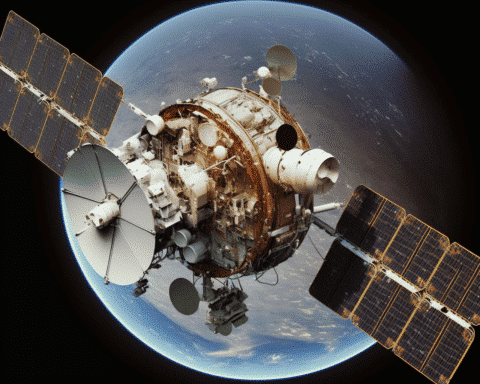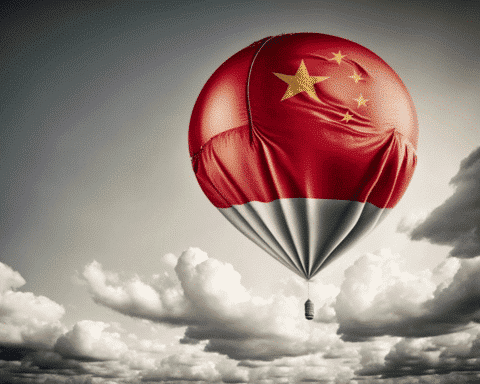China has announced that it will soon begin training foreign astronauts for trips to its newly completed orbiting space station, Tiangong. The Chinese space program, which has long been a source of national pride and a representation of technological progress, is now assuming a fresh diplomatic and political significance, resembling how the United States and the former Soviet Union employed theirs.
The country’s space program is now open to other nations and multiple countries have asked for rides to the Tiangong station.
Foreign Astronauts Will Carry Out Scientific Tasks in Space
Program official Chen Shanguang said in an interview with state broadcaster CCTV that aired on Saturday: “We will soon begin to select candidates from those nations for joint flights to our space station, and they will be able to work with our astronauts to carry out scientific tasks in space.” Foreign astronauts will work with Chinese astronauts to carry out scientific tasks in space.
Initial Selection Process Before Training
According to Chen, individuals who are interested in learning how to operate China’s Shenzhou spacecraft and work and live aboard the station will have to go through an initial selection procedure before being sent to China for comprehensive training.
During their stay on board, foreign candidates will receive instruction on Chinese culture as well. While Chen didn’t mention the necessity for Chinese language proficiency, professionals consulted by China Daily presumed that Mandarin would serve as the operational language aboard the station.
China Built its Own Space Station
China completed Tiangong in November with three modules, including the Tianhe living and command module. The station is a fraction of the size of the International Space Station (ISS) with a weight of about 66 tons.
The Tiangong space station can house as many as six astronauts, although just three individuals stay on board during each six-month assignment. The station is expected to operate for 10 to 15 years, and may eventually become the sole space station in operation if the ISS is decommissioned, as anticipated, towards the end of the decade.
Exclusion from the International Space Station
China constructed its own space station after being barred from the International Space Station, primarily due to U.S. opposition to the Chinese space program’s close association with the People’s Liberation Army, the military branch of the governing Communist Party.
Despite being barred by law from most interactions with the Chinese space program, NASA has continued to cooperate with the European Space Agency (ESA) and individual nations on space projects.
The International Space Station is the ESA’s Priority
In January, ESA Director General Josef Aschbacher stated that the agency’s primary focus was the International Space Station and that they lacked both the financial resources and approval to participate in a second space station, including the Chinese Space Station.
China’s Space Achievements
China became the third government to launch an astronaut into orbit in 2003. The nation has also achieved numerous successes with uncrewed missions, including the Yutu-2 rover, which was the first to explore the relatively unknown far side of the moon, and the Chang’e 5 probe, which returned lunar rocks to Earth for the first time since the 1970s in December 2020. Additionally, a Chinese rover is presently seeking signs of life on Mars, and there are plans for a potential manned mission to the moon in the future.
China’s space program is advancing at an impressive rate, and the country has made significant strides in its space exploration missions in recent years. The Tiangong space station is a major step forward for China’s space program and marks the beginning of a new era of international cooperation in space. The training of foreign astronauts is an exciting development, and it will be interesting to see which countries will be selected for joint flights to the station and what scientific tasks they will carry out in space.




